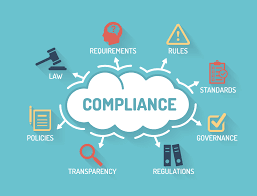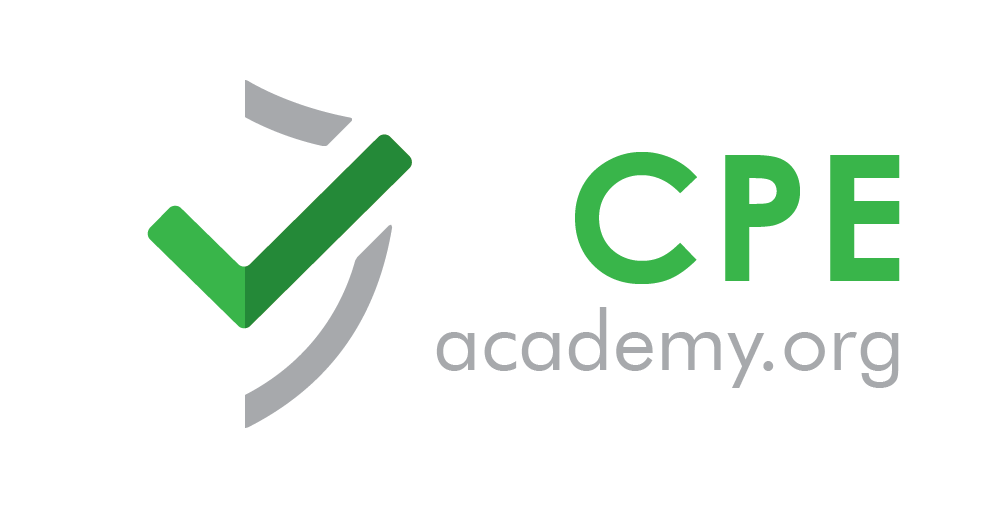
In the realm of compliance leadership, executives are grappling with mounting pressure to optimize their current resources, all while contending with economic uncertainties and the ever-increasing volume and complexity of their workloads. Insights provided by Gartner shed light on the predicament they face. To effectively tackle these challenges, it is imperative for leaders to address three pivotal trends dominating the compliance landscape this year: constrained budgets, evolving labor and organizational dynamics, and heightened investments in technology.
Budget Constraints
Organizations today find themselves operating in an environment characterized by soaring inflation rates and lingering apprehensions of an impending economic downturn. Consequently, they are stretched thin, compelling compliance leaders to adapt to a more budget-conscious approach. Concurrently, the aftermath of the pandemic has exacerbated workloads, exacerbated by heightened regulatory scrutiny and complexity.
Chris Audet, Chief of Research at Gartner for Legal, Risk & Compliance Leaders practice, underscores the significance of staff retention in this context: "With budgets remaining stagnant while wage demands surge due to inflation, staff retention takes on added significance." Recent years have also witnessed a burgeoning interest in technological solutions, a trend further fueled by enterprise-wide endeavors aimed at automating processes and enhancing business productivity in the face of economic challenges.
Shifts in Labor and Organizational Dynamics
The dynamics within compliance departments have undergone notable shifts since 2020, marked by a reduction in full-time employee (FTE) headcounts. For the year 2023, the majority of compliance units do not anticipate significant alterations in their FTE headcounts. Audet observes, "Heightened regulatory scrutiny and escalating geopolitical tensions have imposed a substantial burden on compliance personnel. Coupled with an intensely competitive talent market, many compliance leaders have grappled not only with retaining their existing staff but also with expanding their departments."
Anticipated Technology Investments in 2023
Compliance leaders are foreseeing technology as a central area for increased expenditure in the current year, with a particular emphasis on systems geared toward hotline management, compliance and ethics training, and risk management systems.
Audet explains, "This anticipated upswing is likely a response to surging inflation rates and the fiercely competitive labor market. Rather than relying solely on financial resources to address these heightened workloads, many compliance leaders are turning to technological tools to fortify their efforts."
Compliance Challenges
Compliance challenges refer to the difficulties and obstacles that organizations and their leaders face in adhering to regulatory requirements, industry standards, and ethical practices within their operations. These challenges have become increasingly complex and critical in today's business landscape due to a variety of factors. Here are some additional insights into compliance challenges:
- Evolving Regulations: Regulatory requirements are constantly changing and becoming more stringent in response to emerging risks and global events. Staying up-to-date with these evolving regulations and ensuring compliance can be a significant challenge.
- Globalization: For multinational companies, navigating the varying compliance standards across different countries and regions can be daunting. Each jurisdiction may have its own set of rules and reporting requirements, making it essential to have a comprehensive understanding of local laws.
- Data Privacy: With the rise in data breaches and concerns about personal data protection, compliance with data privacy regulations (such as GDPR in Europe or CCPA in California) has become a top priority. Ensuring the responsible collection, storage, and use of data presents a unique set of challenges.
- Cybersecurity: Cyber threats and attacks are on the rise, and organizations must implement robust cybersecurity measures to protect sensitive data. Compliance with cybersecurity standards and regulations is crucial, but it can be challenging to keep pace with evolving threats.
- Resource Constraints: Many compliance challenges are exacerbated by budget constraints. Organizations may struggle to allocate sufficient resources, both in terms of staffing and technology, to effectively address compliance requirements.
- Cultural and Ethical Considerations: Maintaining a culture of compliance throughout an organization can be challenging. Employees at all levels must understand and embrace ethical standards and compliance requirements, which may require ongoing training and communication efforts.
- Supply Chain Compliance: Companies are increasingly responsible for the compliance of their entire supply chain, including suppliers and subcontractors. Ensuring that all parties adhere to applicable regulations and ethical standards can be complex and require robust monitoring and auditing procedures.
- Environmental and Sustainability Regulations: As environmental concerns grow, compliance with environmental and sustainability regulations is a growing challenge. Organizations must manage their environmental impact, track emissions, and adhere to sustainability reporting requirements.
- Third-Party Risk: Relying on third-party vendors and service providers introduces compliance risks. Organizations must assess the compliance practices of their partners to ensure they meet the same standards and do not pose undue risks.
- Ethical Dilemmas: Compliance challenges can also involve ethical dilemmas, such as how to handle situations where compliance requirements conflict with ethical principles. Balancing legal requirements with moral obligations can be particularly challenging.
Effective compliance management requires a combination of legal expertise, robust systems and processes, employee education and buy-in, and a commitment to continuous improvement. Organizations that successfully navigate these challenges can build trust with stakeholders, mitigate risks, and maintain a strong reputation in their industries.

